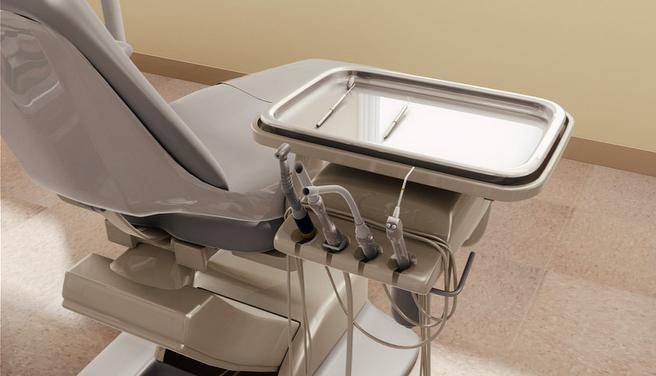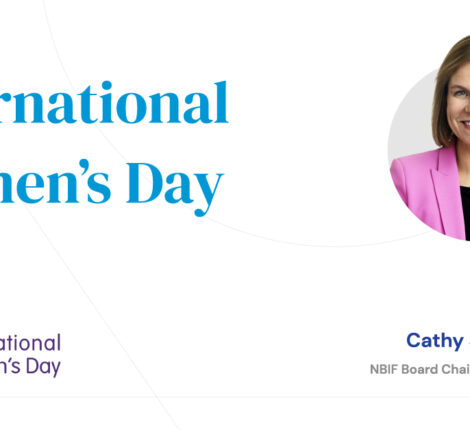- November 20, 2013
- Innovation Insights
- Comments : 0
Online counselling really does help beat anxiety

By Stephanie Morris, The Chronicle Herald | link to original article
The very thought of the sound of a dentist’s drill makes you sweat. When told you are going to need to get up and make a presentation in front of a crowd, you hope to be hit by a bus before it happens. Your neck is tight with stress and your stomach clenched.
Phobias and anxiety — the enemies of so many — are real. They mess with our lives, productivity and health. The way to fight them may actually be found in a digital, mobile and tablet-friendly company called CyberPsyc.
As one familiar with phobias (driving, spiders, movies starring Nicolas Cage) and the author of a recent Life Online column claiming technology can change the world, I have a vested interest in CyberPsyc.
Darren Piercey, a psychology professor at the University of New Brunswick, founded the Fredericton company. Piercey was researching virtual reality treatments for anxiety and phobias, but he wanted to find a more accessible and affordable way to use technology to implement cognitive behaviour therapy. That is where CyberPsyc, accessible on any device connected to the Internet and focusing on dental phobia, general anxiety and public speaking anxiety, comes in.
How does it work?
In Step 1, the user is given some education, learning about anxiety and how it is treated. Which, says Piercey, “is the same info a psychologist would provide.”
In Step 2, the user learns relaxation techniques.
Step 3 is when things seem to get intense, when users are exposed to the actual things that spook them, such as the sight and sound of a dental drill.
So that is how it works, but does it work? Sounds like “yes.”
Piercey explains one United Kingdom patient is now able to sit through a dental appointment without taking sedatives.
So helping people is excellent, but what is the business model? Targeting one-off individual patients doesn’t seem like the way to go. That is why CyberPsyc’s clients are large-scale companies, including insurance outfits, that provide health-care services to people. Finding efficient ways to help people deal with phobias and anxieties is a big draw.
“The cost of anxiety and stress and phobia in North America is around $45 billion in decreased productivity, missed (workdays) and the actual cost of providing health care,” Piercey says.
Despite the fact five per cent of the population “will experience some form of mental disorder at some point,” he adds, about one-third won’t seek treatment. Accessibility, cost and stigma keep them away and prevent them from overcoming challenges.
“We’re really reaching out to help those people who will never make an appointment to help people get over (anxiety) and become more productive and get back to work,” Piercey says.
Stressed students are potential recipients of the treatment, too. Acadia University recently began using the technology, and Terry Lane, director of the Acadia Student Resource Centre, says it comes at a good time.
“I know university now does engender a lot more stress than when I went,” Lane says. “The cost alone is an underlying anxiety factor. Many students are running up large student debts, and it’s highly competitive to get into graduate programs.”
Next up, CyberPsyc is introducing new therapy modules soon to help fight fear of spiders, snakes and insects, and clients who have experienced major storms on the Gulf Coast of the United States have requested treatment for anxiety and phobias about severe weather.
Personally, I look forward to the spider-phobia module because Charlotte’s Web is more horror story than family-friendly tale to me.


